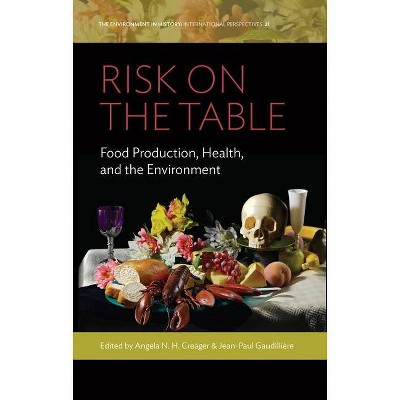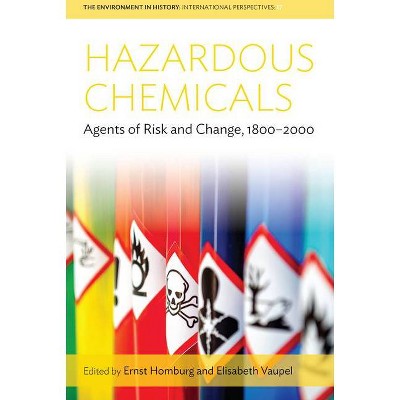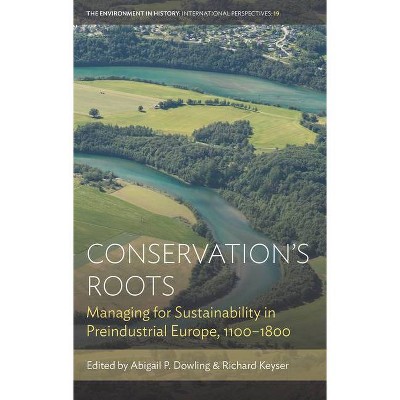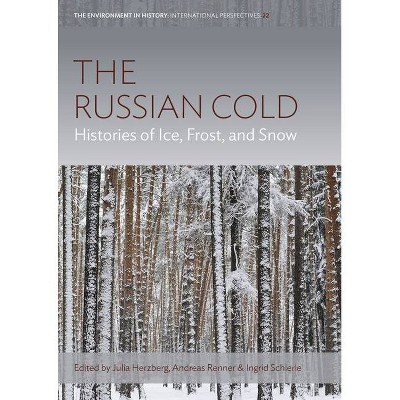Risk on the Table - (Environment in History: International Perspectives) by Angela N H Creager & Jean-Paul Gaudillière (Hardcover)

Similar Products
Products of same category from the store
AllProduct info
<p/><br></br><p><b> About the Book </b></p></br></br>"Over the last century, the industrialization of agriculture and processing technologies have made food abundant and relatively inexpensive for much of the world's population. Simultaneously, pesticides, nitrates, and other technological innovations intended to improve the food supply's productivity and safety have generated new, often poorly understood risks for consumers and the environment. From the proliferation of synthetic additives to the threat posed by antibiotic-resistant bacteria, the chapters in Risk on the Table zero in on key historical cases in North America and Europe that illuminate the history of food safety, highlighting the powerful tensions that exists among scientific understandings of risk, policymakers' decisions, and cultural notions of "pure" food"--<p/><br></br><p><b> Book Synopsis </b></p></br></br><p> Over the last century, the industrialization of agriculture and processing technologies have made food abundant and relatively inexpensive for much of the world's population. Simultaneously, pesticides, nitrates, and other technological innovations intended to improve the food supply's productivity and safety have generated new, often poorly understood risks for consumers and the environment. From the proliferation of synthetic additives to the threat posed by antibiotic-resistant bacteria, the chapters in <em>Risk on the Table</em> zero in on key historical cases in North America and Europe that illuminate the history of food safety, highlighting the powerful tensions that exists among scientific understandings of risk, policymakers' decisions, and cultural notions of "pure" food.</p><p/><br></br><p><b> Review Quotes </b></p></br></br><br><p> <em>"This collection draws insightful genealogies of a persistently virulent problem: food safety. The book brings together a series of well-written and exciting historical cases that together create a picture of the scientific and political struggles for food safety and their obstacles."</em> <strong>- Alexander von Schwerin</strong>, Max Planck Institute for the History of Science</p> <p> <em>"'</em>Risk on the Table<em>' is a perfectly apt title for a book which deals with a major concern of modern societies: What shall we eat? Combining perspectives of 'food risk' as a matter of health concerns; environmental issues; and economic, social and employment problems, this book is truly innovative."</em> <strong>- Karin Zachmann</strong>, The Technical University of Munich</p><br><p/><br></br><p><b> About the Author </b></p></br></br><p> <strong>Angela N. H. Creager</strong> is the Thomas M. Siebel Professor in the History of Science at Princeton University, where she directed the Shelby Cullom Davis Center for Historical Studies from 2016-20. Her current work focuses on the role of genetic tests in environmental science and regulation during the late twentieth century.</p>
Price History
Cheapest price in the interval: 120.99 on October 22, 2021
Most expensive price in the interval: 120.99 on November 8, 2021
Price Archive shows prices from various stores, lets you see history and find the cheapest. There is no actual sale on the website. For all support, inquiry and suggestion messagescommunication@pricearchive.us




















